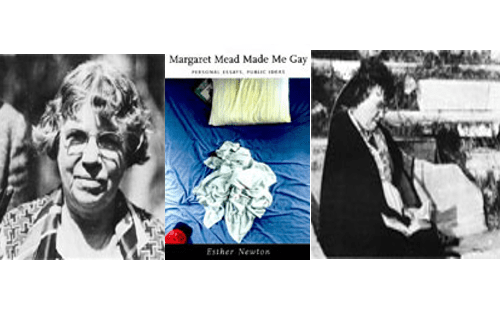Editor’s note: The following is an excerpt from Elvita Dominique’s senior thesis in the Barnard Department of History (2004). In the sections that precede this excerpt, Ms. Dominique discusses her primary sources (archival research from student newspaper and magazine articles, and interviews with black alumnae), the history of black women at Barnard before the 1960s, the effect of Brown v. Board of Education (1954) and the Higher Education Act (1965) on black recruitment at Barnard, and Barnard’s “Special Student” Program, a pilot program developed in the mid-1960s to recruit underprivileged students of any race or ethnicity that became problematically confused with black recruitment efforts. In the sections that are presented here, Ms. Dominique discusses the push that Barnard made in the later 1960s to recruit black students and the consequences of this integration on the institution and the black women themselves during the most radical period in Barnard-Columbia history. Student activism reached a height in 1968 for local, national, and international reasons. Locally, there were protests against Columbia University’s plan to build a gym in Morningside Park, to which local residents (largely working class and black) would have separate and unequal access; additionally, students were becoming increasingly radicalized by the black power and antiwar movements. Black women at Barnard were integral to all of these debates and used this time to advance their own goal of advocating for both racial and gender equality, especially on campus, by forming BOSS, the Barnard Organization of Soul Sisters. BOSS is still very much active today; Ms. Dominique served as BOSS President in 2002–03.
Considering the Offer
Why Did They Come?
Why did they come? There are many different reasons given by black graduates of this period to explain why they decided to study at Barnard. Some wanted to come to New York City, some wanted to attend an Ivy League Institution, still others were looking for a good school close to home. However, despite these variations there is one common theme running through all their stories and narratives—they were coming for opportunity. Regardless of class, geographic, or ethnic background, these women saw a Barnard education as a means to unlocking doors and advancing in American society.
Deborah Perry from the class of 1972, who self-identified as middle class, stated, “My parents thought, and still think, that a degree would open up all the doors that I wanted—and I agreed with them.” 1 Similarly, Frances Sadler, a black student from a working-class background, when asked during an interview how she came to decide to go to college, explained, “I was a good student in elementary school and my mother decided that education was the way for us to move up.” 2 This theme is also found in the reminiscences of Christine L. Edwards of the class of 1973, “My parents always felt strongly that education was the key to social mobility . . . . So, from the beginning I was taught that I could escape the stigma of my Blackness by doing well in school.” 3 In a short autobiographical sketch of her life, Judge Sheila Abdus-Salaam, of the class of 1974, also maintains that, “Both my parents promoted education and hard work as the way out of poverty. They felt their lives had been adversely affected by a lack of education (neither finished high school) and they wanted us to get ahead.” 4
These women and their families believed that acquiring the same education as their white counterparts would also allow them to gain access to the privileges afforded to whites. In a statement published in the Barnard Bulletin on March 12, 1969, members of the black students’ organization explained to the general Barnard population why they decided to attend Barnard: “We came for the same reason you did—for an education. Black colleges are largely inadequate and nothing more than an imitation of white-establishment colleges.” 5 Here we see that black students perceived that there existed an important difference between an education received at a white institution and one received at a predominantly black one. Haratia Trahan, a black graduate of the class of 1974, remembered that Barnard’s reputation as a prestigious Ivy League institution was one of the reasons she chose the college over the four state schools to which she had also been accepted. 6
It is clear that black students believed that attending a white institution would remove many of the racial and economic barriers of American society. It was a gateway out of a poor and/or racially marginalized community and into the mainstream of America. However, in this attempt to use Barnard as a stepping-stone to greater opportunity many black women found they had to develop ways in which to survive and thrive as students at Barnard; in attempting to negotiate their space at Barnard, they would leave an indelible mark on the college’s landscape.
- Deborah Perry, “Because I Was Black,” Barnard Alumnae Magazine, Spring 1969, 1.[↑]
- Frances Sadler, interview by author, 1 June 2002.[↑]
- Christine L. Edwards, “The Dilemma of the Black Student in the White University: Case in Point, My Four Years at Barnard College,” Barnard College Archives, 3.[↑]
- Sheila Abdus-Salaam, Sheila Abdus-Salaam, http://www.whedco.org/SHEILA.htm (accessed 6 November 2002, no longer available).[↑]
- Barnard Organization of Soul Sisters, “BOSS on Racism,” Barnard Bulletin, 12 March 1969.[↑]
- Haratia Trahan, interview by author, July 2002.[↑]


